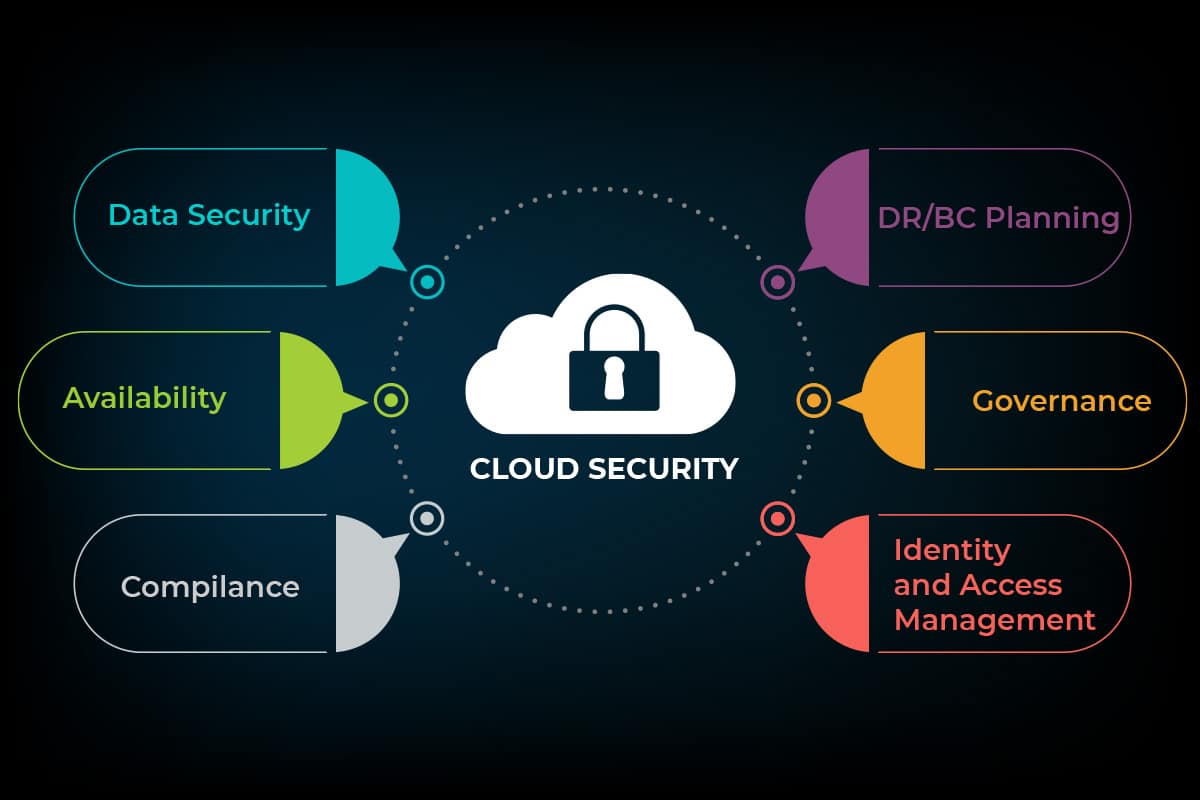In the dynamic realm of digital business, cloud computing has become the backbone of innovation, offering scalability and flexibility to vendors across industries. However, as vendors harness the power of the cloud, the landscape of cloud security becomes increasingly complex. This blog post delves into the imperative of vendor vigilance, exploring the nuanced strategies required to navigate the intricate landscape of cloud security for vendors.
Understanding the Crucial Role: The Vendor as Guardian of Data
In the interconnected world of cloud services, vendors not only provide solutions but also assume the role of custodians entrusted with sensitive client data. Recognizing this responsibility is the first step toward understanding the multifaceted nature of cloud security.
1. Proactive Risk Management:
Navigating the complex landscape of cloud security begins with a comprehensive risk management strategy. Vendors must conduct proactive risk assessments, identifying potential vulnerabilities in their cloud infrastructure. By understanding the unique risks associated with their operations, vendors can formulate targeted security measures that fortify their digital fortresses.
2. Client-Centric Identity and Access Management (IAM):
In the cloud, the protection of client data is paramount. Implementing a client-centric IAM strategy involves more than managing user access; it's about safeguarding the identity of clients, validating devices, and ensuring that access privileges align with client expectations. Explore the principles of least privilege access and continuous monitoring to establish a robust identity-centric security posture.
3. Data Encryption Across the Entire Lifecycle:
The journey of data in the cloud is dynamic, traversing various stages of processing, storage, and transmission. To ensure the confidentiality and integrity of client information, vendors must implement end-to-end encryption. From client interactions to cloud servers, encryption acts as an impervious shield, guarding against unauthorized access and data breaches.
4. Continuous Compliance Vigilance:
Adherence to industry standards and regulatory requirements is not just a legal obligation; it's a demonstration of commitment to data security. Establishing a continuous compliance monitoring framework ensures that vendors are consistently in line with evolving regulations. This proactive approach mitigates legal risks, fosters client trust, and fortifies the vendor's position in the competitive landscape.
5. Collaborative Resilience with Cloud Service Providers (CSPs):
In the interconnected ecosystem of the cloud, collaboration with Cloud Service Providers (CSPs) is indispensable. Transparent communication with CSPs, understanding their security protocols, and actively participating in joint efforts to enhance security measures are essential components of collaborative resilience. By forging strong partnerships, vendors and CSPs collectively strengthen the security fabric of the cloud.
Navigating the Cloud Security Horizon
As vendors navigate the complex landscape of cloud security, vigilance is not just a strategy; it's a mindset. The strategies outlined here—proactive risk management, client-centric IAM, data encryption, continuous compliance vigilance, and collaborative resilience—serve as the compass for vendors navigating the intricate horizon of cloud security.
In the age of interconnected digital services, vendor vigilance is the key to unlocking a future where data is not just protected but revered. The landscape of cloud security for vendors is intricate, but by embracing these strategies, vendors can not only safeguard client data but also position themselves as trusted custodians in the dynamic landscape of the cloud. Vendor vigilance is not just a responsibility; it's a commitment to navigating the complex seas of cloud security with resilience, integrity, and unwavering client trust.





Comments